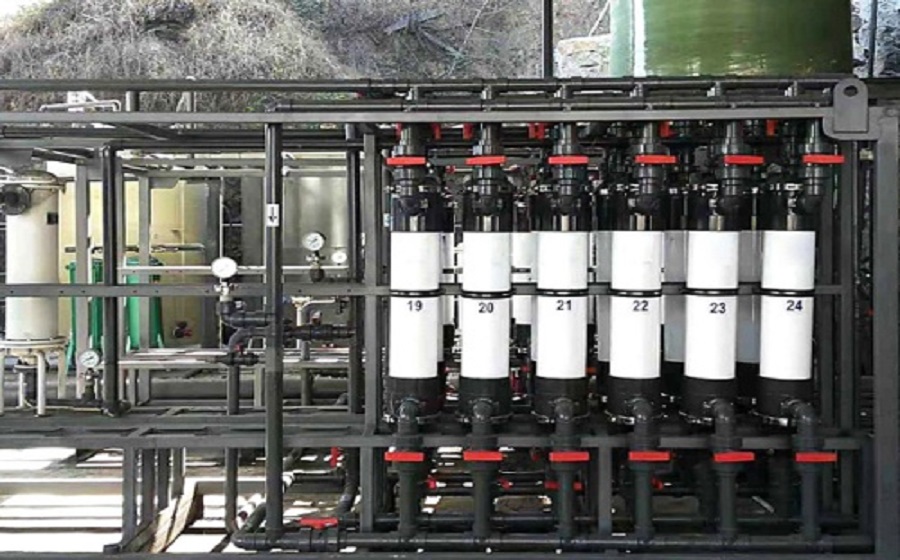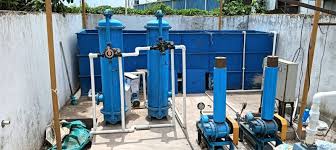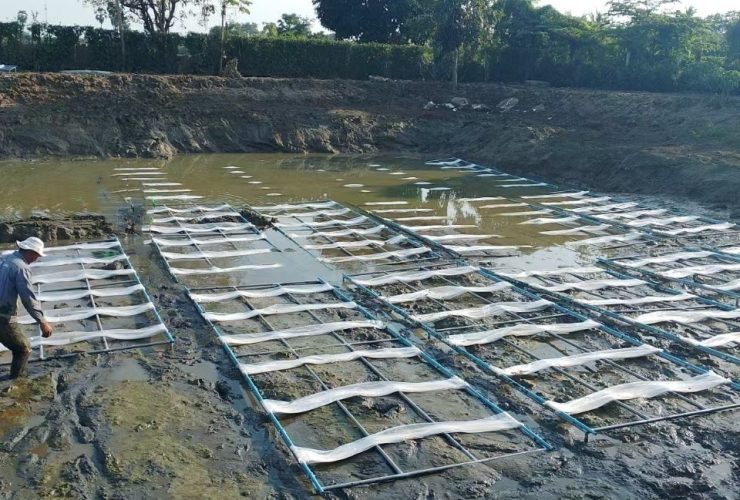Top 5 Benefits of Using a PTFE Membrane Filter in Filtration
Filtration Industrial is the core of efficiency in various industries both big and small the same applies to pharmaceuticals and waste water treatment. The PTFE membrane filter is one filter material that has changed the face of how industries address the problem of contamination and attain purity. Known for its chemical resistance and outstanding filtration attributes, PTFE ( Polytetrafluoroethylene) is currently the major preference in contemporary filtration mechanisms. So, what are the benefits of ptfe membrane filter and why it may be a quick-fix to the problem your process has been facing? Let us see.
1. Superior Chemical Resistance
Among the outstanding benefits of PTFE Membrane Filters, their exceptional chemical stability deserves mention.
As opposed to other filter materials, PTFE is not active and hydrophobic, so it can withstand the strong acid, harsh solvents, and corrosive gases without being degraded.
This would suit needs of such industries as:
- Chemical manufacturing
- Petrochemical refineries
- Pharmaceuticals
PTFE does not degrade even when it is exposed to aggressive media. This gives it long service life, eliminating many replacements and repairs, lowering costs and the amount of time that is lost.
As an example, durability is the key in an example biological treatment process using a membrane. Such systems as the MABR technology also are discreet in that they depend on material which holds on to very long cycles of operation without compromising on integrity.
2. High Filtration Efficiency
When accuracy is needed, PTFE comes through.
It has the ability to trap fine particles with the extreme precision even down to the bacteria level and submicron globules. Very high filtration efficiencies with typical values above 99.99 percent are typical, and therefore they are ideal in sterile filtration or cleanrooms.
Even in the low-pressure operation the PTFE membrane distillation experience high throughput and low flow resistance.
This results to:
- Clean end products
- Reduced possibility of contamination
- Reduced energy use in filtration processes
It can be air purification or even liquid purification, but one of the surest ways to purify what needs to be purified is to apply a filter using PTFE Distillation membrane.
3. Wide Temperature Tolerance
The working conditions of industries are not very good at all times.
PTFE membrane filters are designed to withstand the extremities, whether it is the cold below zero or the warm getting up to 260 o C.
This qualifies them to be ideally applicable in those operations which involve fluctuations in temperature, such as:
- Sterilization lines
- The Steam-in-place (SIP) systems
- High-temperature gas filtrations
When most filters bend or break down, PTFE can still filter efficiently after days of use, because of its durability; it will maintain its form, structure and filtration performance.
That is why engineers prefer PTFE in the filters where there is no other possibility than operating effectively.
4. Hydrophobic and Oleophobic Nature
Another defining trait of a PTFE membrane filter is its natural repellent to water and oils.
The membrane’s surface repels liquid intrusion, which is especially beneficial for:
- Vent filters
- Gas purification systems
- Applications needing moisture barrier protection
Even in humid or saturated environments, the PTFE layer remains unaffected, which helps prevent clogging and supports long-term stability.
In wastewater filtration, for example, membranes must remain clear for consistent aeration and separation. Many modern systems discreetly depend on such membrane technologies to improve performance—just like certain advanced biological reactors that balance aeration with solid separation.
5. Long-Term Cost Efficiency
Although ptfe distillation membranes made of PTFE may initially prove to be more expensive than the more conventional filters, they however have much longer service life and less maintenance requirements hence, in the long-term are much less costly.
You can save on:
- Every hour replacement of filters
- The use of energy on increased flow dynamics
- Cleaning of systems and downtimes
Their anti-fouling property also minimizes the frequency of cleaning so that your process is never interrupted.
Reliability is not the only convenience, but also the necessity, to industries that operate 24/7 or even work in remote locations.
Where PTFE Membrane Filters Are Commonly Used?
Here’s a quick look at where these filters are commonly applied:
| Industry | Application Area |
| Pharmaceuticals | Sterile filtration, air/gas filtration |
| Food & Beverage | Microbial removal, fluid processing |
| Wastewater Treatment | Membrane bioreactors, aeration systems |
| Electronics Manufacturing | Cleanroom air purification |
| Chemical Processing | Solvent-resistant filtration |
Each of these sectors requires a membrane material that won’t fail under pressure—literally and figuratively.
Why Industries Are Making the Switch to PTFE?
The shift isn’t random. More and more industries are replacing traditional membrane materials like PES, PVDF, or nylon with PTFE due to its:
- Lower total cost of ownership
- Resistance to extreme chemical and thermal conditions
- Longer uptime and fewer interruptions
Some companies have even integrated PTFE into biofilm reactor systems, offering a dual advantage of aeration and separation in a single setup—making industrial treatment more efficient and sustainable over time.
Additional Considerations When Choosing a PTFE Filter
- Something to remember before You take the plunge:
- Size of pore: Choose it based on statements of your filtration requirements (0.1m to 1m are frequent).
- Support layer: Make sure that the membrane is strong enough to have a backing.
- Surface treatment: There are ready-treated PTFE membranes that are modified to be more wet.
- Adequacy: Ensure that your industry has certifications after checking FDA, USP Class VI, or ISO or other specifications governing your industry.
Selecting an appropriate PTFE distillation membrane does not necessarily involve selecting the right specification, it involves matching performance to purpose.
Final Thoughts
PTFE Membrane Filter is not another industrial device. It is an unsung workhorse created to survive, live, and work even in the harshest of conditions.
Its advantages go as far as cost savings to clean outputs and are well documented.
And as the solutions in the industries become more sustainable, efficient and long lasting, PTFE will become increasingly relevant.
Keeping long-term performance in mind when systems are developed, they are likely to be based on parts which never compromise. There are quite a few efficient biofilm reactor systems out there today that attribute their consistency to such filters as the PTFE- they are out of the way and we do not even notice them, but they are worth their weight in gold.





